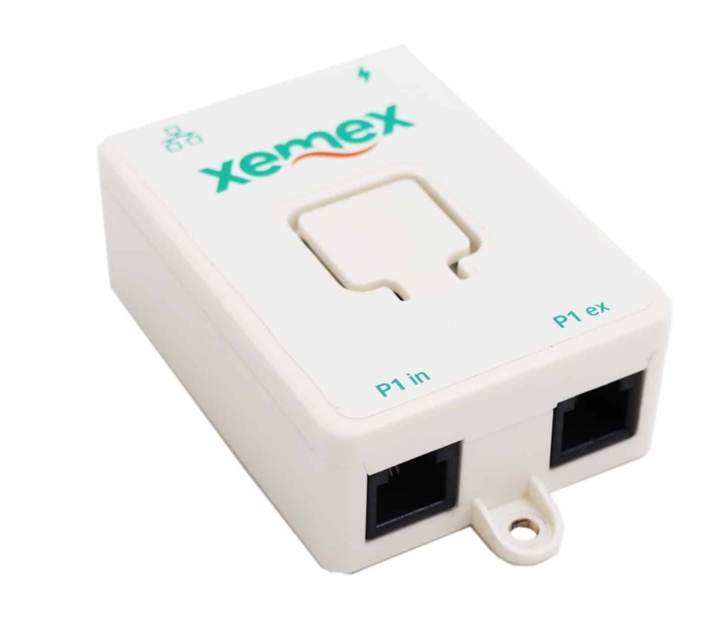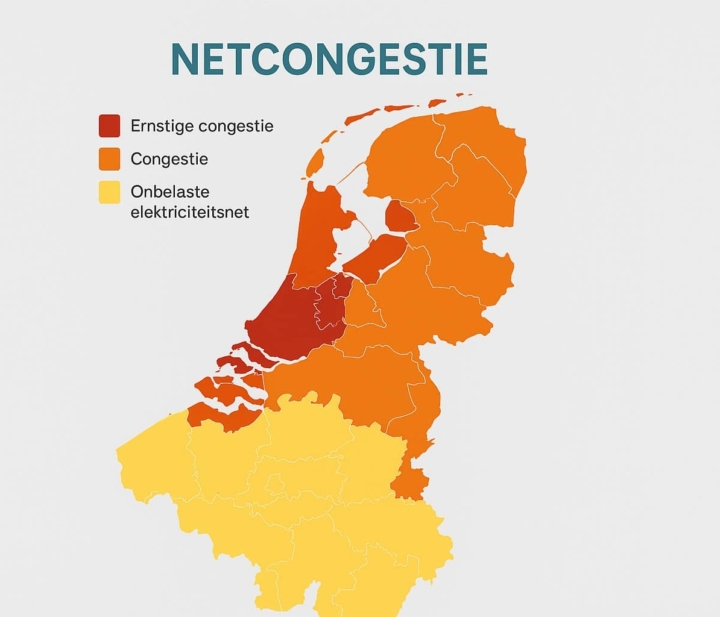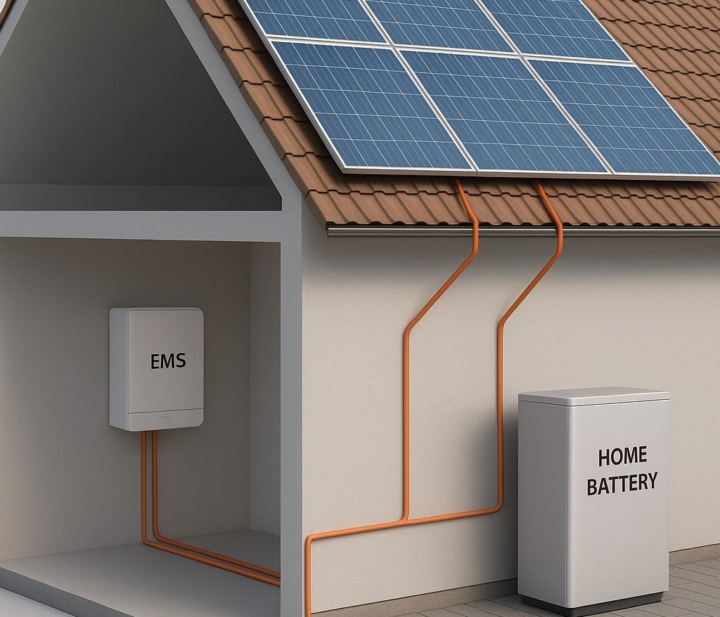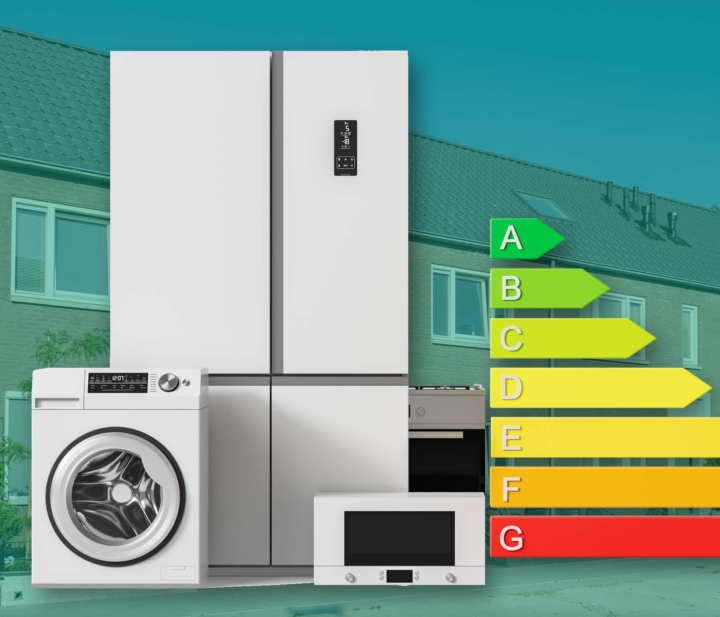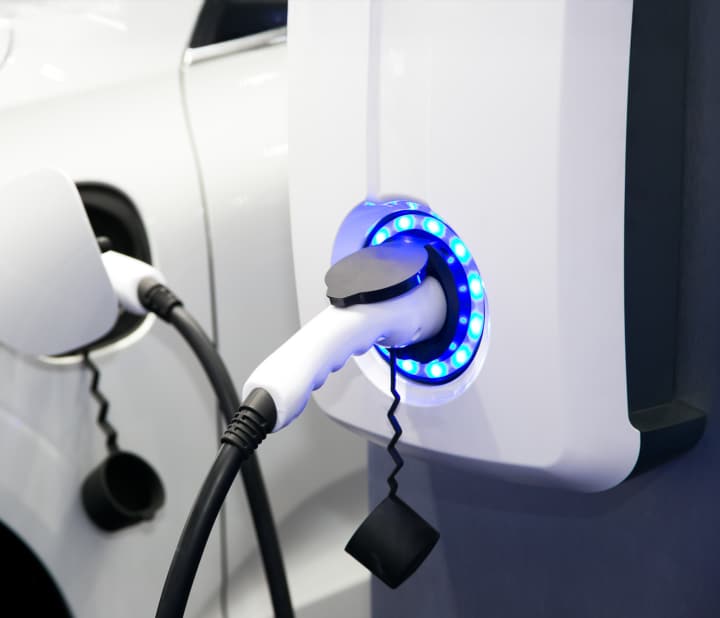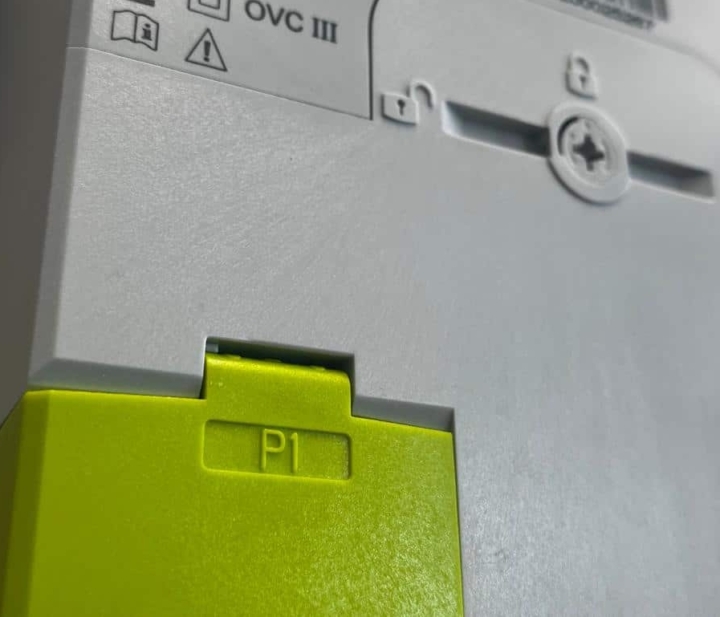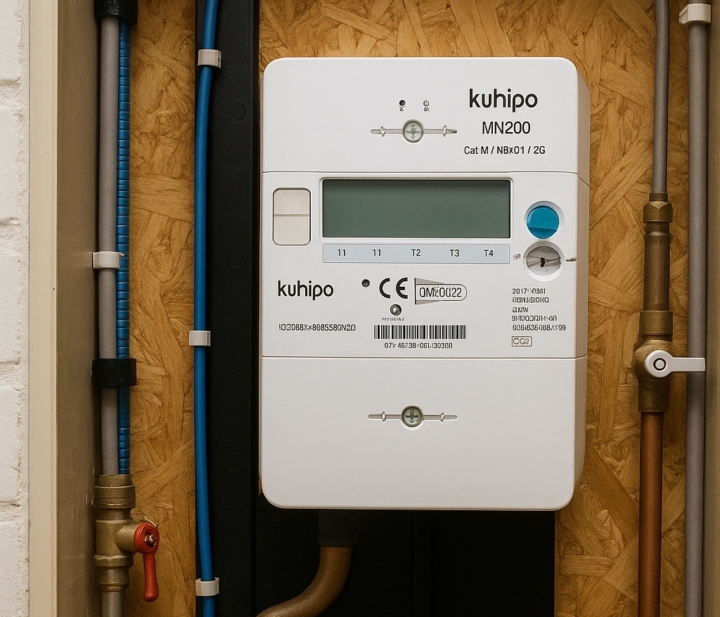Self-Consumption Optimization: Smart Savings
If you have solar panels, there’s a good chance you will eventually generate more energy than you consume, especially on sunny days. So what should you do with this surplus solar energy? You can use it to optimize self-consumption or to trade on the imbalance market. In this article, we explain your options and what might be most beneficial for you.
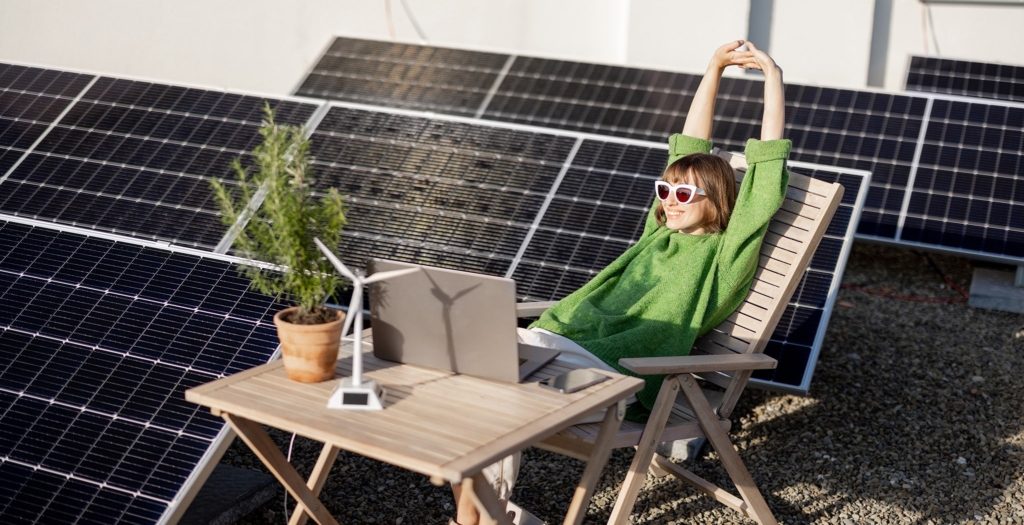
What is energy self-consumption?
Self-consumption means directly using the energy you generate. When you have solar panels, the generated energy can be used immediately to power appliances, electric vehicles, or heating systems. The higher your self-consumption, the less energy you feed back into the grid and the less you draw from it.
Low self-consumption causes grid issues
On average, the direct use of solar energy in households is between 25% and 35% annually, depending on the number of panels and consumption. For businesses, this percentage can be up to 50%.
This low self-consumption contributes to increasing problems on the electricity grid. Since all solar panels produce energy at the same time, the net uptake is limited. The grid cannot always handle this production peak, leading to imbalance. That’s why feed-in compensation under dynamic contracts is often very low (or even negative, meaning you have to pay to deliver energy), due to oversupply.
How to optimize self-consumption?
There are several ways to optimize self-consumption: manually or automatically via an energy management system (EMS).
- Manual optimization
This is cumbersome. You must first know whether and how much solar energy is being fed into the grid, then manually turn devices on or off (washing machine, dryer, dishwasher). Since solar power constantly fluctuates, it’s nearly impossible to match surplus production with manual control. Automation is a better solution. - Automatic optimization
Here, it is measured when and how much energy is being fed into or drawn from the grid. This can be done with a smart meter or a separate energy meter. With a smart meter, the P1 port using the DSMR protocol transmits this information. For separate meters, the protocol depends on the chosen device. These values are used by an EMS, which automatically controls or adjusts the power of appliances.
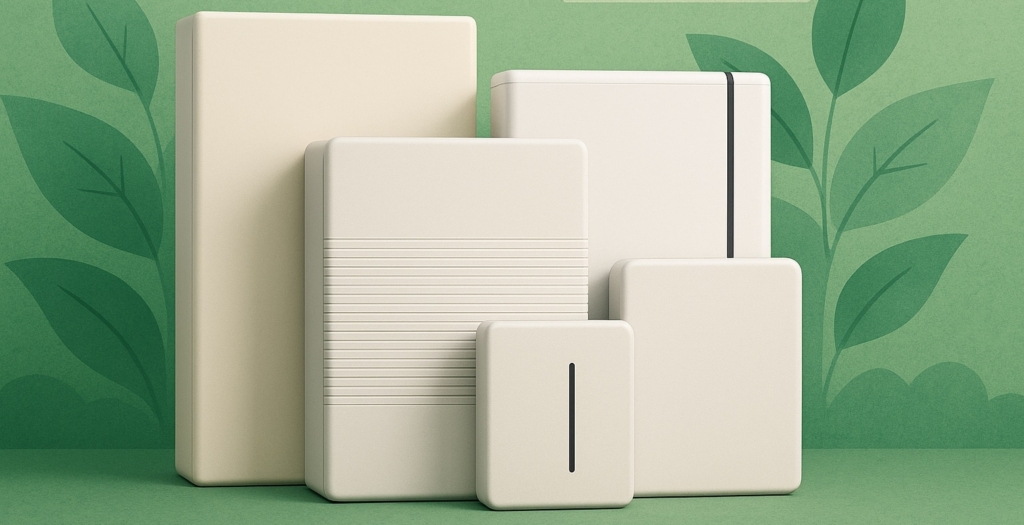
Self-consumption with a home battery
One of the most effective ways to optimize solar self-consumption is by using a home battery. If you produce more energy than you currently need, the surplus is stored in the battery. This stored energy can be used later — for instance, at night or during peak demand.
This significantly increases your self-consumption because you store the energy for later use instead of feeding it into the grid at low rates. This reduces your reliance on the grid, especially during times you would otherwise need to buy electricity.
With a home battery, your self-consumption can more than double, to an average of 60%-80% per year. This depends on your usage patterns (day vs. night), solar yield, battery capacity, and seasonal factors. With smart scheduling and a reliable EMS, it can even reach 85%-90%.
Use of smart control
The best method for automatically optimizing self-consumption is through smart energy control or an EMS. It measures energy production and consumption in real time. Based on this data, energy-intensive devices (home batteries, boilers, washing machines, EV chargers) are automatically activated to use excess solar power. This maximizes direct usage of your generated energy and minimizes feed-in to the grid.
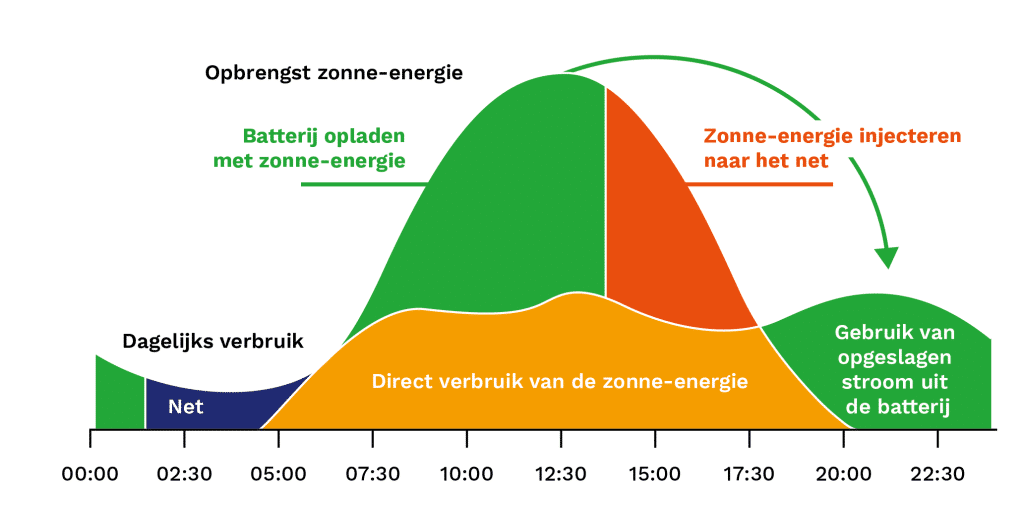
How does an EMS optimize self-consumption?
An EMS uses several technologies to optimize self-consumption of locally generated energy. Key features include:
- Real-time monitoring of energy production and consumptionAn EMS constantly monitors how much energy your solar panels generate and how much you use. This allows it to respond quickly to shifts in energy balance.
- Smart control during high energy productionThe EMS can automatically activate high-energy devices (e.g., home battery, boiler, EV charger) when production is high and base consumption is low. Power is regulated based on surplus availability, which reduces grid dependence and increases self-consumption.
- Integration with energy storage systems
An EMS can store surplus energy in your home battery when production exceeds consumption. This stored energy is used later, when production is low or demand is high. - Device priority settingsWithin an EMS, you can set the priority order for device activation. For instance: first charge the home battery, then the EV charger, then power the boiler.
- Forecasting and energy balance managementAdvanced algorithms predict energy production and consumption patterns using weather forecasts. The EMS can then decide to store energy, activate devices, or save energy proactively.
Earn money from your energy surplus
You can financially benefit from feeding your surplus solar energy back to the grid in the following ways:
- Net metering:You offset the energy you feed in against what you draw over the year, receiving the same rate per kWh.
- Tax exemption on self-generated electricity: You don’t pay energy tax on your own generated energy.
- Feed-in compensation: Generally between €0.05 and €0.15 per kWh, depending on supplier and market.
- Dynamic contracts: High returns possible during shortages (€0.30+/kWh).
- Imbalance market: With advanced systems or partners, you can trade your surplus on the imbalance market and earn more during peak times
Note: The net metering scheme and tax exemption will be abolished from 2027, reducing these benefits.
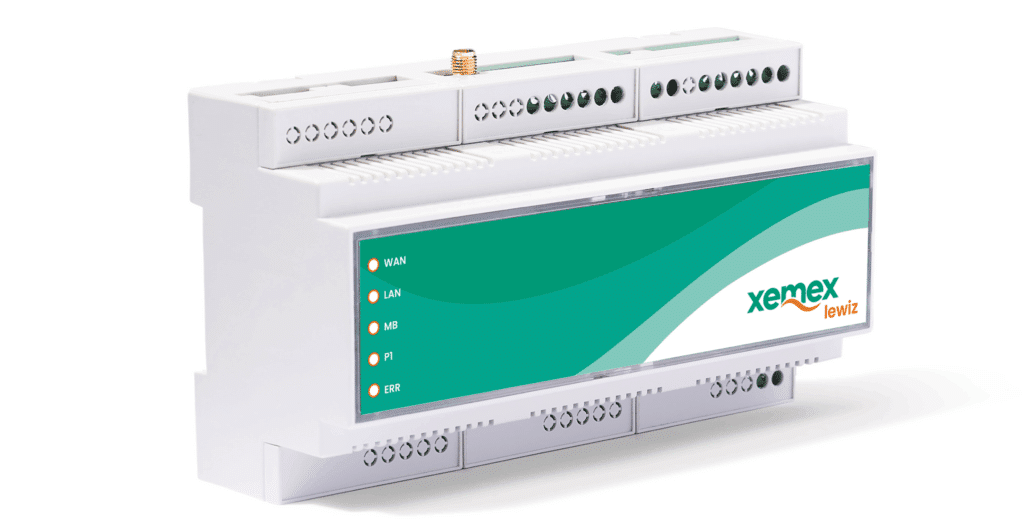
Is it worthwhile to earn money from your surplus?
That depends. If many people feed in at once, prices drop. You can shift production to low-supply times (e.g., by east/west panel orientation or using a battery), but gains are usually limited.
Trading on the imbalance market helps stabilize the grid. During shortages, prices rise sharply, and feeding in is lucrative. During oversupply, you can absorb energy (e.g., charging your battery). However, price fluctuations are becoming smaller due to changing policy and proactive grid operator interventions, making profit less predictable.
Self-consumption is more beneficial than feeding into the grid
With the end of net metering coming, selling surplus energy becomes less attractive, especially considering low market prices and potential feed-in costs. Worse, it may cost you money if you have to buy back energy later at higher rates.
It is more advantageous to use or store your own energy as much as possible. By activating devices (washer, EV charger, heat pump, electric boiler) or charging your battery, you maximize the value of your solar energy and minimize your reliance on the grid.
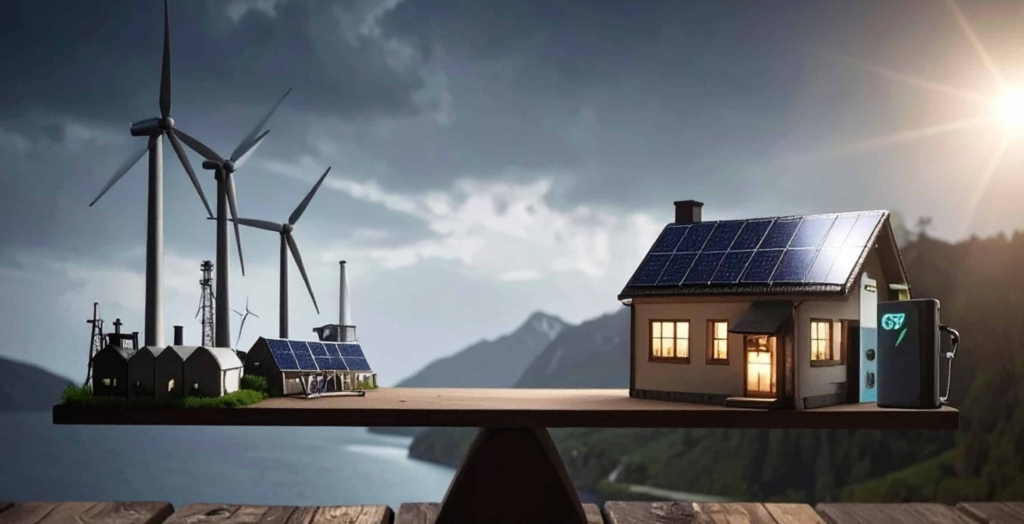
Conclusion
By optimizing self-consumption through smart monitoring, forecasting, demand control, and integration with storage, an EMS enables households and businesses to maximize the benefits of solar energy. The result: lower energy costs, greater efficiency, and higher energy independence.
Always ready to start
Wondering what we can do for your organization? Contact Xemex and discuss your needs with our team. Together we will realize a solution that addresses your energy challenges and opens up new possibilities.
Burgemeester Burgerslaan 40
5245 NH 's-Hertogenbosch, The Netherlands
Metropoolstraat 11a
2900 Schoten; Belgium
